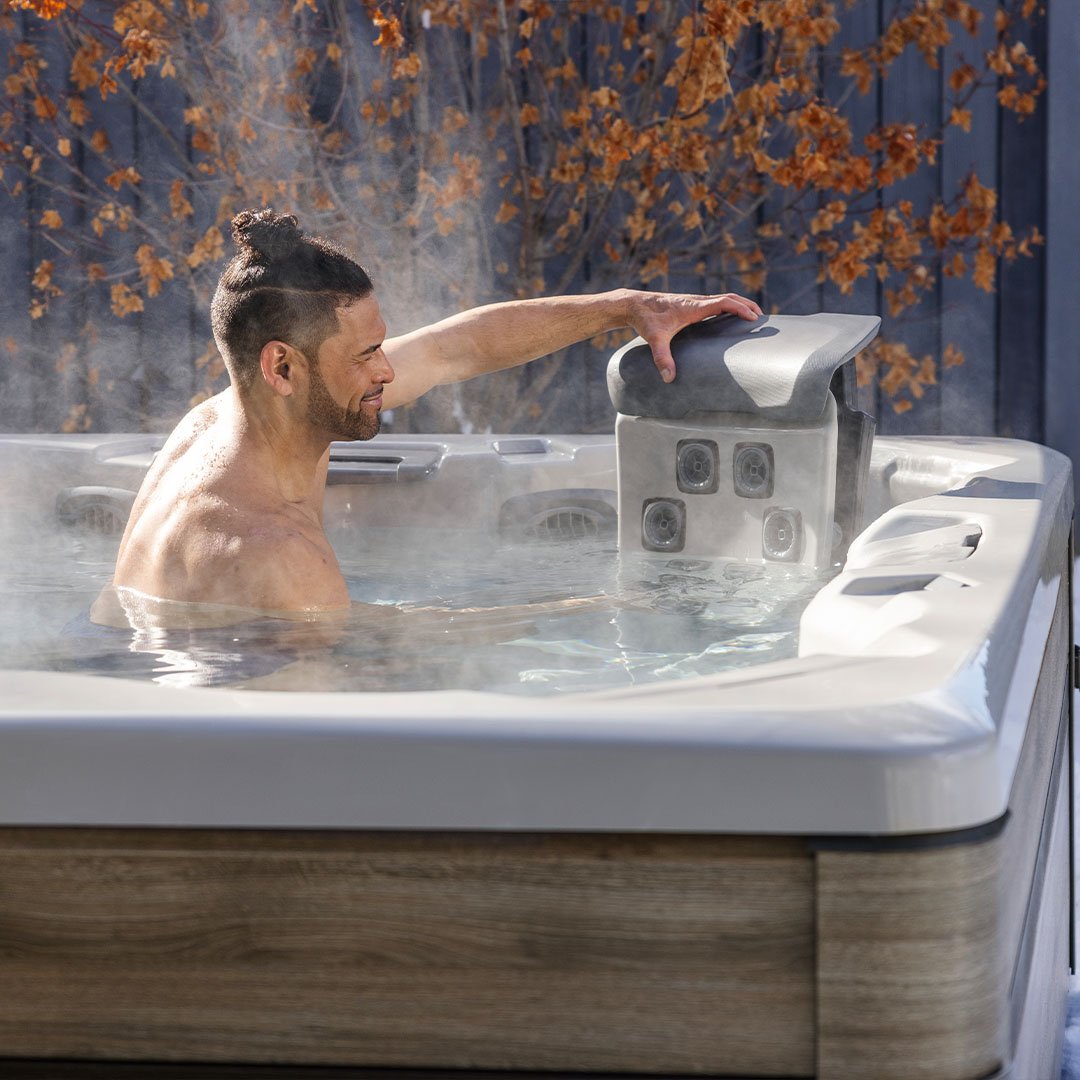How to Lower Alkalinity in a Hot Tub: A Comprehensive Guide
Maintaining the perfect balance in your hot tub water is crucial for a relaxing and safe soaking experience. One key element of this balance is alkalinity. High alkalinity can lead to several problems, including cloudy water, scaling, and reduced effectiveness of sanitizers. In this guide, we’ll cover everything you need to know about lowering alkalinity in your hot tub, ensuring a clean and enjoyable soak every time.
Understanding Alkalinity
What is Alkalinity? Alkalinity refers to the concentration of alkaline substances (primarily bicarbonates) in your hot tub water. It acts as a buffer, preventing drastic changes in pH levels. The ideal total alkalinity (TA) range for hot tubs is between 80-120 parts per million (ppm).
Why is High Alkalinity a Problem?
When the alkalinity is too high, it can cause:
- Cloudy Water: High alkalinity can make your water look cloudy or dull.
- Scaling: It promotes the formation of scale deposits on the hot tub surfaces and equipment.
- Reduced Sanitizer Effectiveness: High alkalinity can hinder the effectiveness of chlorine or bromine, making it harder to keep your water clean.
- pH Imbalance: High alkalinity often leads to a rise in pH levels, which can cause skin and eye irritation.
Steps to Lower Alkalinity in Your Hot Tub
1. Test Your Water Begin by testing the water to determine the current alkalinity level. Use a reliable test strip or digital tester to get an accurate reading.
2. Choose the Right Chemical To lower alkalinity effectively and safely, we recommend using a pH reducer (also known as pH minus) instead of muriatic acid, which can be harsh on hot tubs. Sodium bisulfate (dry acid) is a common and effective pH reducer.
3. Calculate the Correct Dosage Use the hot tub manufacturer’s instructions or an online calculator to determine the appropriate amount of pH reducer needed based on the size of your hot tub and the current alkalinity level.
4. Add the pH Reducer
- Dilute the pH Reducer: Always add the pH reducer to water, not water to the reducer. Dilute the measured amount in a bucket of water.
- Turn On the Jets: Ensure the hot tub’s jets are running to help circulate the solution.
- Pour the Solution: Slowly pour the diluted pH reducer solution into the hot tub, distributing it evenly around the tub.
5. Wait and Retest Allow the water to circulate for at least an hour, then retest the alkalinity level. If necessary, repeat the process until the alkalinity falls within the recommended range of 80-120 ppm.
6. Adjust pH Levels Lowering alkalinity can also lower the pH levels. After adjusting the alkalinity, check and adjust the pH to maintain it between 7.2 and 7.8. Use a pH increaser if the pH falls below the desired range.
The Most Effective and Efficient Way to Lower Alkalinity in a Hot Tub
The most effective and efficient way to lower alkalinity in a hot tub is by using a pH reducer, such as sodium bisulfate. This method is safe for your hot tub and ensures precise control over water chemistry. Follow the steps outlined above for accurate dosage and thorough mixing to achieve the desired alkalinity level.
By regularly testing and maintaining balanced water chemistry, you can prevent issues associated with high alkalinity, such as cloudy water, scaling, and reduced sanitizer effectiveness. Keep your hot tub water balanced for a clean, relaxing soak every time.
Tips for Maintaining Balanced Alkalinity
- Regular Testing: Test your hot tub water at least once a week to monitor alkalinity and pH levels.
- Consistent Maintenance: Regularly clean your hot tub and change the water every 3-4 months.
- Use Alkalinity Increaser: If the alkalinity drops too low, use an alkalinity increaser to bring it back to the ideal range.
Maintaining Proper Alkalinity
Maintaining proper alkalinity in your hot tub is essential for a clean, safe, and enjoyable soaking experience. By regularly testing and adjusting the water chemistry, you can prevent common issues associated with high alkalinity and ensure your hot tub remains in optimal condition. Remember, consistency is key to hot tub maintenance, and with these steps, you'll be able to lower and maintain the perfect alkalinity level in your hot tub.
For more tips and insights on maintaining your hot tub, be sure to check out our blog What Chemicals Do I Need for a Hot Tub. This comprehensive guide will help you keep your hot tub water clean and balanced, ensuring a safe and enjoyable soak every time.
Frequently Asked Questions
Can I Use Vinegar to Lower Alkalinity?
While vinegar can technically lower alkalinity, it’s not recommended due to its weak acidity and potential to cause imbalances in other water parameters.
What’s the Difference Between pH and Alkalinity?
pH measures the acidity or basicity of the water, while alkalinity measures the water's ability to resist changes in pH. They are related but distinct parameters.
Topics: Spas and Hot Tubs












